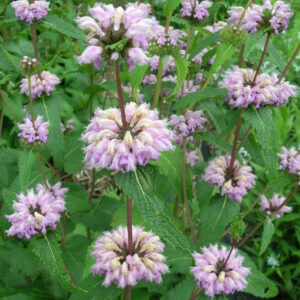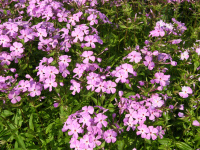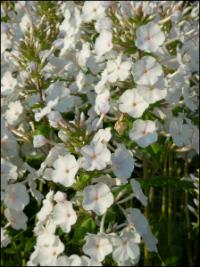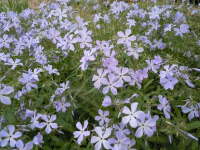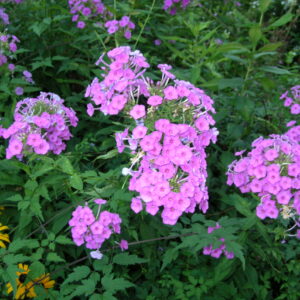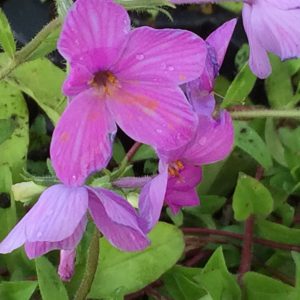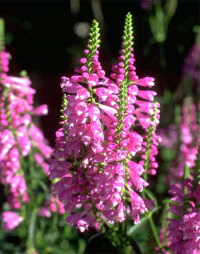Shop
Showing 561–568 of 788 results
-
Philadelphus microphyllus syn. Philadelphus occidentalis Littleleaf mockorange, Western Mock Orange Z 4-9
Four swan-white, undulating-edged petals on each flower circle around canary-colored stamens in early summer. Its flowers give off a strong fragrance of oranges with a hint of pineapple blooming from its multi-branch ends of these variable shrubs with yellow foliage in fall.
Four swan-white, undulating-edged petals on each flower circle around canary-colored stamens in early summer. Its flowers give off a strong fragrance of oranges with a hint of pineapple blooming from its multi-branch ends of these variable shrubs with yellow foliage in fall.
Size: 3-8’x 3-5’ big variations in size
Care: Sun in well-drained soil, drought tolerant
Native: West and southwest: CA, AZ, CO, NM, TX & UTIsleta Pueblo Indians ate the berries. Sanders, The Flower Garden (1913): “Forms a dense bush, 3 ft. high …flowers in summer, a pretty kind. A native of Colorado.”
**LISTED AS OUT OF STOCK BECAUSE WE DO NOT SHIP THIS ITEM. IT IS AVAILABLE FOR PURCHASE AT OUR RETAIL LOCATION.
-
Phlomis tuberosa syn. Phlomoides tuberosa Jerusalem sage Z 5-8
Whorls of bubblegum pink, beak-shaped flowers encircle stem, ladder-like, in July. One of internationally known garden designer Piet Oudolf’s 100 “MUST HAVE” plants, Gardens Illustrated 94 (2013)
Whorls of bubblegum pink, beak-shaped flowers encircle stem, ladder-like, in July. One of internationally known garden designer Piet Oudolf’s 100 “MUST HAVE” plants, Gardens Illustrated 94 (2013)
Size: 4' x 12"
Care: Sun well-drained soil
Native: central and S.E. Europe to central Asia.
Wildlife Value: attracts butterflies, deer resistant.
Awards: Chicago Botanic Garden rates this 4-stars for health, robust growth, hardiness and flower production.In garden of English plant enthusiast Peter Collinson, 1736. The name Phlomis is Greek meaning “to burn” “because in old time the peasants used to burn these plants to enlighten their chambers.” Gardeners Dictionary, 1768. This species 1st collected in Siberia in 1759.
-
Phlox buckleyi Sword leaf Phlox Z 4-8
Sprays of mauve, pink or purple in May-June
OUT OF STOCK
Sprays of mauve, pink or purple in May-June
Size: 8- 18” x 12”
Care: sun to part shade in any soil
Native: Virginia & West VirginiaBob from Texas reports “they are absolutely the most fragrant flowers we have ever experienced. We only pick a few each spring and put them in a vase in the house with sugar sweetened water. They produce that amazing fragrance in the house for virtually two full weeks in that vase while the rest put that aroma across the back yard. Sword Leaf Phlox is simply an amazingly beautiful plant.”
Described and named by Edgar Theodore Wherry (1885-1982), unflagging naturalist in the finest tradition of wide interests in the natural world. After getting his Ph.D. in 1909 in geology-mineralogy he became Asst. Curator of Minerals for the Smithsonian. In 8 years he transferred to the USDA Bureau of Chemistry, becoming its principal chemist. In 1930 he was appointed botany professor at U. Penn., where he taught botany and ecology for 25 years.**LISTED AS OUT OF STOCK BECAUSE WE DO NOT SHIP THIS ITEM. IT IS AVAILABLE FOR PURCHASE AT OUR RETAIL LOCATION.
-
Phlox carolina ‘Miss Lingard’ Carolina phlox, Wedding phlox Z 5-8
True to its common name this 3’ tall selection bears bridal white blossoms with pink eyes late June into August with deadheading.
True to its common name this 3’ tall selection bears bridal white blossoms with pink eyes late June into August with deadheading.
Size: 3-4' x 18"
Care: sun to part shade in moist to moist well-drained soil. Powdery mildew resistant
Native: Cultivar of native in eastern and central U.S.
Wildlife Value: attracts butterflies and hummingbirdsPhlox is Greek meaning “flame.” The species carolina in gardens before 1889 and cultivar ‘Miss Lingard’ before 1905.
-
Phlox divaricata Wild sweet William Z 3-8
Bright lavender flowers, tubes opening to five flat, paddle-shaped lobes, welcome spring. One of internationally known garden designer Piet Oudolf’s 100 “MUST HAVE” plants, Gardens Illustrated 94 (2013)
Bright lavender flowers, tubes opening to five flat, paddle-shaped lobes, welcome spring. One of internationally known garden designer Piet Oudolf’s 100 “MUST HAVE” plants, Gardens Illustrated 94 (2013)
Size: 12" x 10"
Care: part shade in moist, well-drained soil.
Native: Canada to New England, Wisconsin
Wildlife Value: pollinated by Tiger swallowtail butterflies, hummingbirds, bumblebees and others while they reach the flower’s nectar
Awards: Received England’s Royal Horticultural Society Award of Merit.Phlox is Greek meaning “flame.” 1st introduced to gardens by John Bartram around 1746. Recommended by Gertrude Jekyll, mother of mixed perennial borders, in 1908.
-
Phlox paniculata Garden phlox Z 4-8
Many small, tube-shaped flowers opening to five flat petals join together in a dome-shaped, fragrant, magenta 6-8” cluster at the end of each branch, blooming from July to September. The classic farm garden flower. Deadhead for rebloom.
Many small, tube-shaped flowers opening to five flat petals join together in a dome-shaped, fragrant, magenta 6-8” cluster at the end of each branch, blooming from July to September. The classic farm garden flower. Deadhead for rebloom.
Size: 4' x 2' spreader and self-seeder
Care: full sun to part shade in moist or moist well-drained soil.
Native: Pennsylvania west to Arkansas and Missouri. South to Alabama.
Wildlife Value: Silvery checkerspot, European cabbage, and Blue, Black & Spicebush swallowtails butterflies relish Phlox’s nectar. Deer and Walnut resistant.Phlox is Greek meaning flame. One of the 1st plants collected in No. America – grown in Tradescant the Elder’s South Lambeth (now a borough of South London) nursery in 1634. Offered for sale in Bartram Garden’s 1783 Broadside, America’s 1st plant catalog.
-
Phlox stolonifera syn. P. reptans Creeping phlox Z. 5-9
Carpet of purple tube-shaped flowers at the stem, opening to flat petals, each with a notch on the end. It blooms from mid-spring into early summer.
OUT OF STOCK
Carpet of purple tube-shaped flowers at the stem, opening to flat petals, each with a notch on the end. It blooms from mid-spring into early summer.
Size: 6-10” x spreads by stolons (stems that root on soil surface, hence the name "stolonifera.")
Care: shade to part-shade in moist well-drained, mildly acidic soil
Native: Appalachian Mountains’s Appalachian foothills. Maine to Georgia, west to Ohio
Wildlife Value: Deer and rabbit resistant. Attracts butterflies and bees.Discovered by Scottish botanist John Fraser (1750-1811) in Georgia 1786 and sent to Curtis’s Botanical Magazine in 1801. Also collected by French botanist Andre Michaux about same time.
(Do not confuse this Phlox stolonifera with Phlox subulata – with the same common name of Creeping phlox- that blooms earlier in spring, is about 4” taller and grows in sun, not shade.) -
Physotegia virginiana Obedient plant Z 3-9
Purplish red to rosy pink spikes of hooded snapdragons
ARCHIVED
Note: This is a plant not currently for sale. This is an archive page preserved for informational use.
Purplish red to rosy pink spikes of hooded snapdragons July to September
Size: 3' x 3' and spreading
Care: sun in moist to moist well-drained soil. Deer resistant and tolerates Walnut toxins
Native: Quebec to Manitoba, TX to GA, Wisconsin native
Wildlife Value: attracts hummingbirdsCollected before 1750. Called Obedient plant because if you push a flower it will remain in place temporarily – like a child who stays in the corner until you’re not looking.


